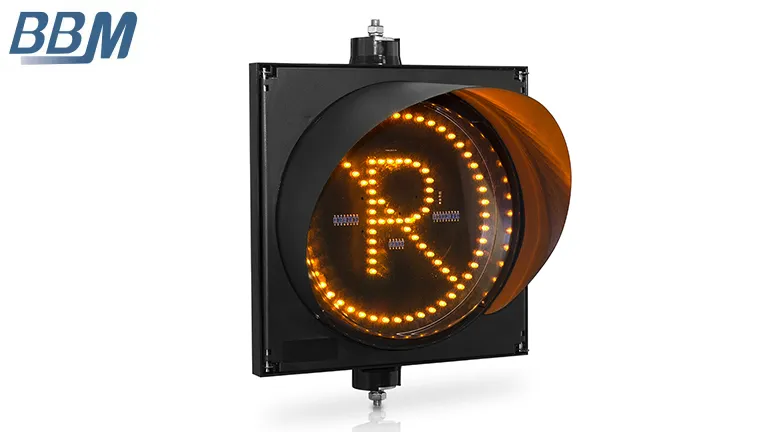In the world of traffic control, every second counts. Efficient and reliable traffic signals are crucial to maintaining smooth traffic flow and ensuring the safety of both drivers and pedestrians. With the advent of LED technology, traffic signal modules have undergone a transformative upgrade, offering numerous benefits over traditional incandescent lights. LED traffic signal modules have become the go-to choice for municipalities and transportation authority’s worldwide, revolutionizing the way we manage traffic.

One of the key advantages of LED traffic signal modules is their exceptional brightness and visibility. LEDs emit a focused, intense light that can be seen from a greater distance and under various weather conditions. Whether it's a bright sunny day or a foggy night, LED traffic signals shine through, ensuring that motorists can easily discern the signals and respond accordingly. This heightened visibility significantly reduces the risk of accidents and enhances overall road safety.
Energy efficiency is another significant benefit offered by LED traffic signal modules. Compared to traditional incandescent bulbs, LEDs consume significantly less power. This energy-saving characteristic not only reduces electricity costs but also contributes to sustainability efforts. As cities strive to reduce their carbon footprint, the use of LED traffic signals becomes a critical component in achieving greener transportation systems.
LED traffic signal modules also boast an extended lifespan, outperforming their incandescent counterparts. Traditional bulbs often require frequent replacement due to their limited durability, leading to increased maintenance costs and traffic disruptions. LED lights, on the other hand, have a lifespan that can be up to ten times longer, reducing maintenance efforts and expenses. This translates to fewer disruptions on the roads, ensuring smoother traffic flow and minimizing inconvenience for commuters.

The versatility and flexibility of LED technology are evident in the customization options offered by LED traffic signal modules. Municipalities can choose from a range of colors, designs, and configurations to suit their specific traffic requirements. With traffic light modules, it is also possible to implement innovative features such as countdown timers, pedestrian symbols, or even adaptive signaling systems. These customizations enhance the efficiency of traffic management, reducing congestion and optimizing signal timings.
Furthermore, LED traffic signal modules seamlessly integrate with smart traffic control systems, ushering in an era of intelligent traffic management. These systems utilize advanced technologies like sensors, cameras, and data analytics to dynamically adjust signal timings based on real-time traffic conditions. By incorporating LED lights into these systems, traffic control becomes more responsive and adaptive, leading to improved traffic flow and reduced delays.
As cities continue to grow and traffic congestion becomes a pressing concern, the adoption of LED traffic signal modules is paramount. Governments and transportation authorities around the world are recognizing the long-term benefits of this technology, both in terms of safety and cost savings. Although the initial investment in LED infrastructure may be higher, the substantial energy savings and reduced maintenance expenses make it a sound and cost-effective choice in the long run.






0 comments:
Post a Comment